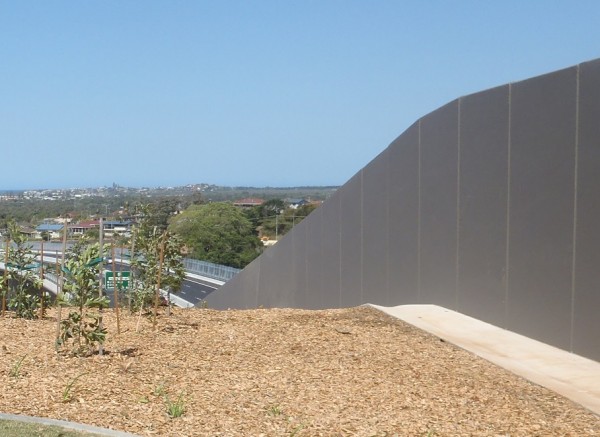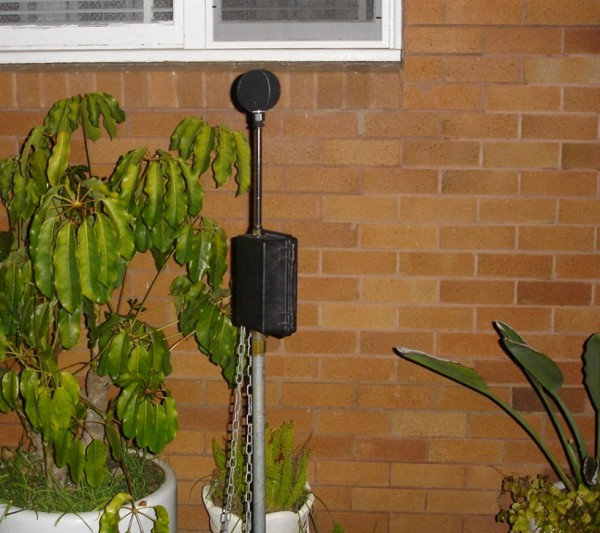Roads and Maritime Services follow detailed procedures that provide a consistent process across NSW for the assessment of traffic noise impacts. Road traffic noise mitigations are generally developed as part of the environmental impact assessment. Further noise modelling is completed as part of the detailed design stage of a project.
As a first priority Roads and Maritime seeks to reduce road noise at the source through careful road design and mitigation measures such as lower noise pavements, noise walls and earth mounds. Where target noise levels cannot be achieved through at-source measures, the next step may be to implement at-house noise treatments.



